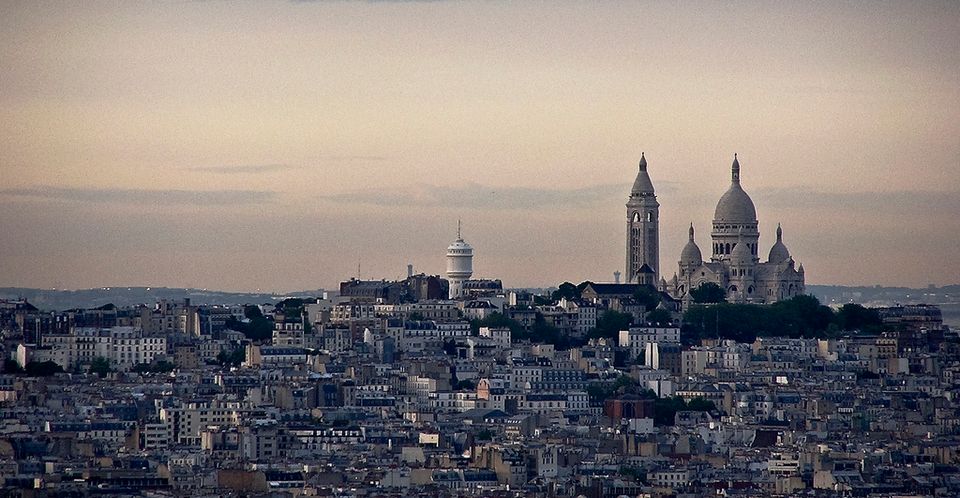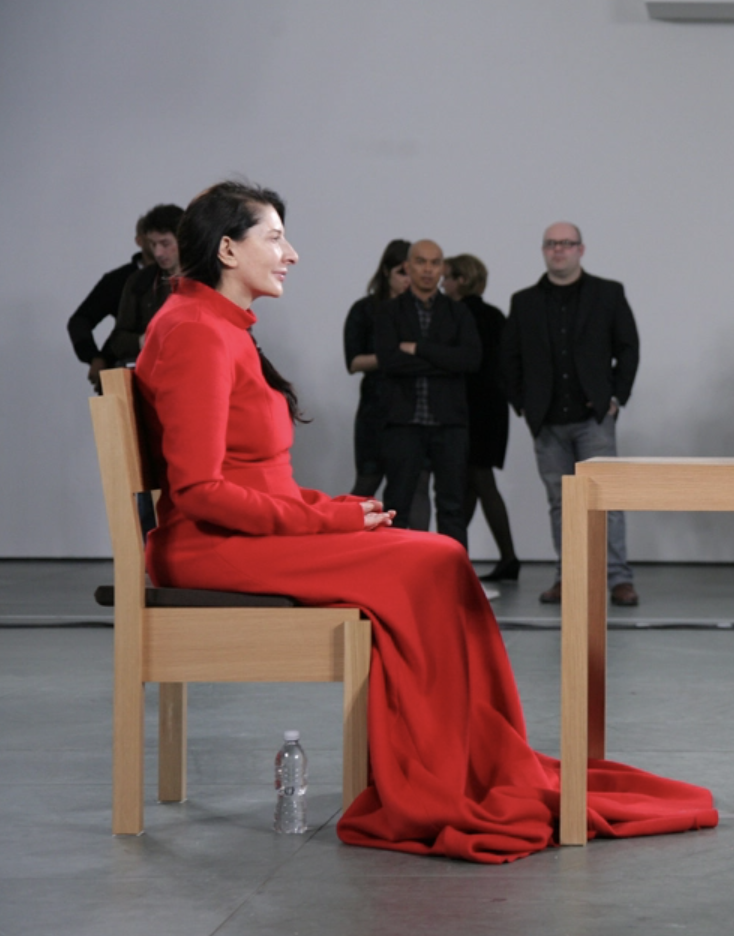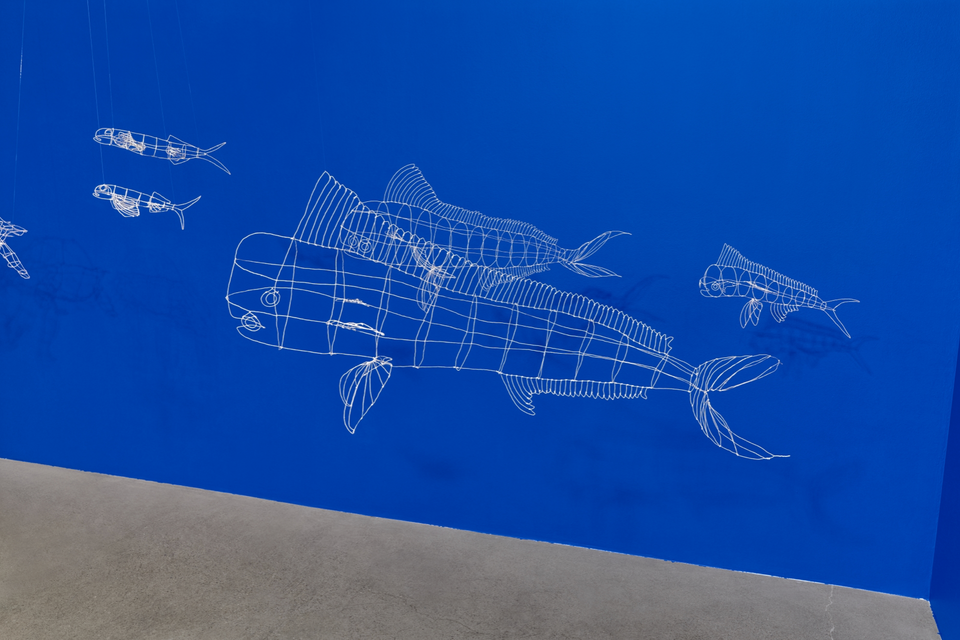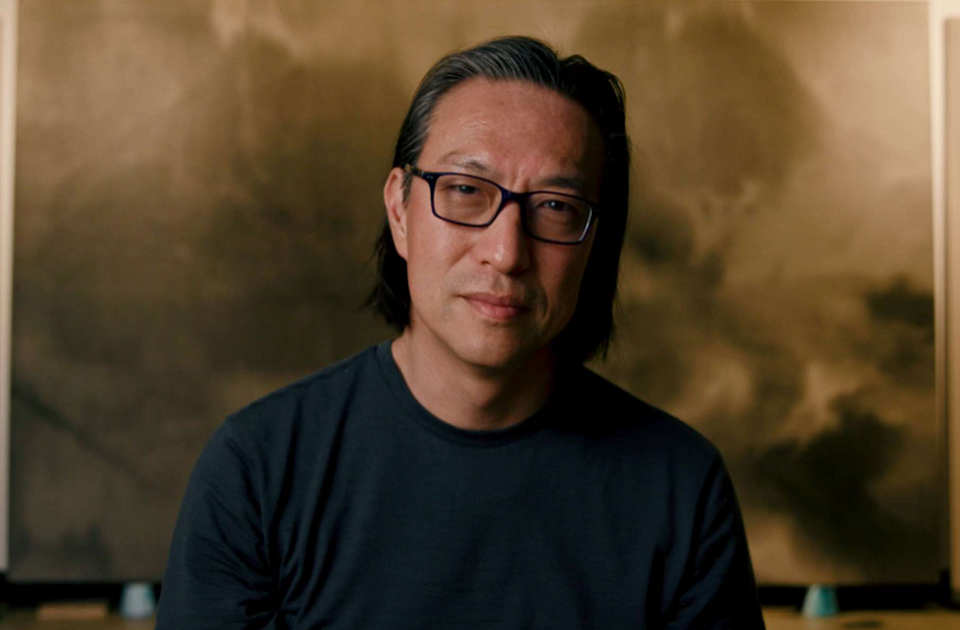“Modern discourse is not really comfortable with the word ‘soul,’ and in my opinion the loss of the word has been disabling, not only to religion, but to literature and political thought and to every humane pursuit.”[1] For what is man, if not a soul? With it we consider our world and ourselves, we assess life according to dimensions beyond food and safety. It is the soul that desires more than these. It is the soul that knows the difference between life and the abundant life, between that which is merely material and that which transcends the world to embrace the spiritual. And when the soul turns its eye to the abundant life, it sees beauty. This is the realm of Art. Or, perhaps, it’s the value of Art. For what is the value of Art if not to affect souls?
For some time, however, there has been confusion on this point, and this confusion has been costly in two ways. First, as Thomas Frank of The Baffler explains in his must-read article, “Dead End on Shakin’ Street”
,urban leaders and arts foundations waste millions trying to stimulate economies by fabricating neighborhoods into “vibrant art scenes.” Their notion, that importing artists makes a place cool, and that such coolness will somehow create prosperity, is a vacuous will-o’-the-wisp. They have no idea how an art immigration might stabilize an economy or cause growth.
Second, this misunderstanding of the place and purpose of art in life and community distracts us from the profound value an artist does bring to those near him. This value is not prosperity. In the Venn diagram of society, economic growth and abundant life only marginally intersect, as economics is concerned with what people have, while art is concerned with what people are. A prosperous place provides food, safety, and comfort. Art nurtures the soul. Living in an artful place is a spiritual experience because artists of all kinds contribute to the soul of that place. I want a healthy, productive artist population in my village not because it will become cool and mystically prosper, but because I want my town to nurture my soul, helping me to see differently and question differently, helping me to appreciate a color I’d never known or find a musical chord unplayed on the radio. Marcus Aurelius said, “The universe is change; our life is what our thoughts make it.” The place in which we live is the context of our thoughts. For our soul to thrive there, it needs the rich nutrients of art’s insight and beauty, art’s mirror into our own soul and window into the soul of our neighbor.
For this, we need some artists, living if we can find them, but dead ones are good too.
* * * *
Five or six years ago, my friend Mike and I were in Paris, enjoying a weekend away from our work in Belgium. He had been to Paris several times and was my guide. We toured the Louvre, sat in on a funeral at the Notre Dame, and climbed the Eiffel Tower.[2] The next morning Mike took me up a 400-foot-high hill to visit the Basilica of the Sacred Heart of Paris, a towering cathedral overlooking Paris from the city’s highest point. As we walked, he described the Basilica and mentioned, casually, that there was also a “small artist colony” nearby. My interest in the cathedral was mostly archaeological. We traveled often together and if there was a castle or cathedral where we were going, we made every effort to see it. But I had never been to an “artist colony” and was excited, for anthropological reasons, to see what a colony of artists looked like.
Later I learned that this “small colony” was the most prolific art scene in the Western World: Paris’s Montmartre. Artists such as Monet, Picasso, van Gogh, Matisse, Toulouse-Lautrec, Langston Hughes, and many others worked there at some point in their lives. Some were very poor, barely able to get by. I don’t know whether Montmartre prospered as a community during their time, but it certainly thrived.
I wasn’t expecting what we found there. As I stood outside the Basilica, the whole neighborhood had a calm economy of beauty: diverse but simple, vigorous while at peace with itself. Art was everywhere, near and far. Paintings and people trickled into the cobblestone streets. Beauty breezed in from every side. To my right rose the old cathedral, white in the morning sun. Below, to the left, the city of Paris—also white, oddly enough—stretched to the horizon, the black Eiffel Tower rose to one side. The place was quiet, but hopping. Shops opened, people swept sidewalks, tables and chairs were arranged on sidewalks and in the square. Maybe it was the jet lag, but I remember how easy it was to breathe there. All was calm, but not sleepy. At a table on the sidewalk in front of a pastry shop sat two people, I don’t remember if they were old or young, sipping morning coffee, smiling at each other. I was struck. The soul of man—ancient, industrial, and modern—came together in that spot as a blanket for that couple.
We only spent a few hours there, drinking coffee in the early morning, exploring the paintings and stained glass treasures of the Basilica and wandering the streets until lunchtime, but I don’t think I’ve ever been to a place more “human.” It wasn’t merely the art that gave the place its soul. It was the centuries of people living off the beauty, creating it and being molded by it. By the time I got there, the neighborhood and its art had become one.
Later that day Mike and I wound our way down to the lower city’s 9th arrondissement, at the foot of Montmartre. The tone of the streets changed. The buildings became tall, their faces flat. Plywood paneled the outside of a nightclub. The sidewalks had a greasy sheen to them. Few people were about; it was still daylight.
From a gash in the storefronts rose a red windmill: the Moulin Rouge. I had seen the movie—I’m listening to the soundtrack as I write—but hadn’t known the place was real. It didn’t look anything like the grand circus in the film. It looked like a strip-club. The door was hidden by the shadow of a deep entryway. Had it been open I might have entered, for purely anthropological reasons, of course.
I got the sense that the Moulin Rouge was prosperous. It was quite a spectacle. Red neon scrawling wandered all over its front. And I have no doubt that once the sun set the dark streets would be vibrant indeed with certain performing arts.
The walk from the peak of Montmartre down to the Moulin Rouge is about one kilometer. Both are prosperous, but only one has soul.
[1] Marilynne Robinson, When I Was A Child I Read Books (New York: Farrar, Straus and Giroux, 2012), 8.
[2] We did this in one day, though I was very sick. Apparently the pharmacists in France are alchemists. Using mostly charades and sign language I was able to acquire a pint of something that fixed me right up.




